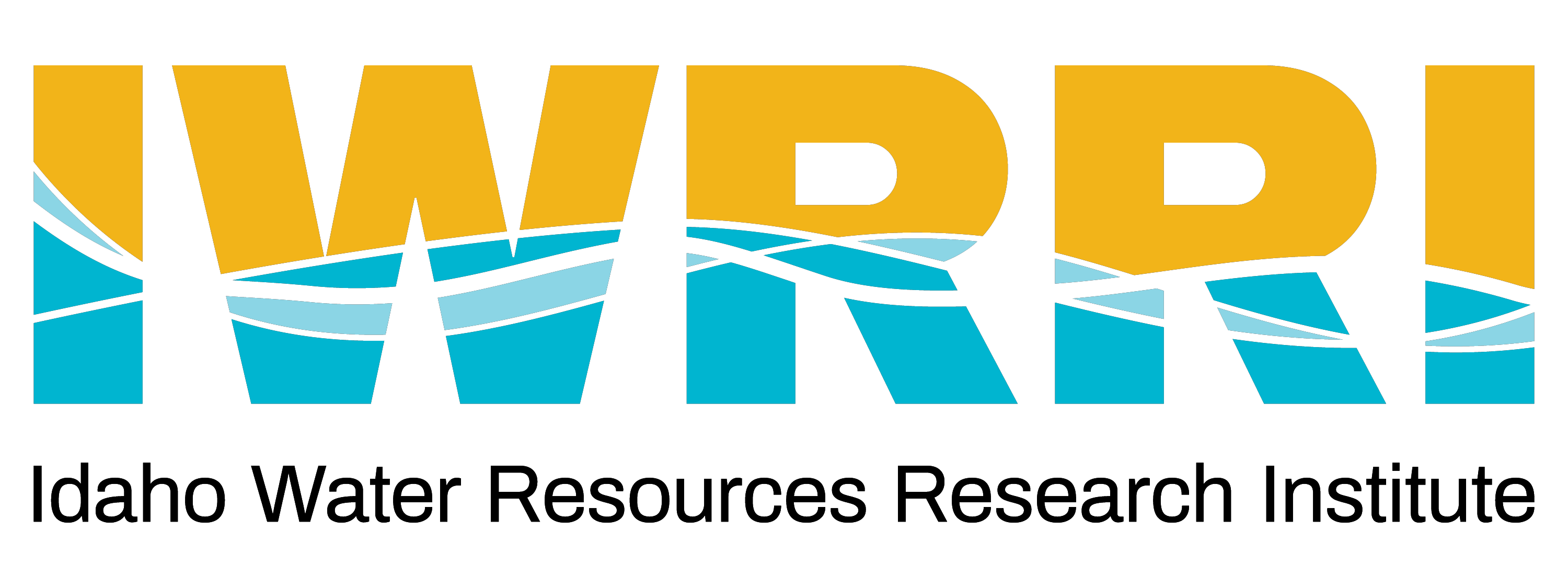Gianluca Blois, a professor of mechanical engineering at the University of Idaho’s Boise campus, works at the Center for Ecohydraulics Research (CER) with students to study how water moves through streams and rivers. Their research focuses on how stationary objects, like plants, affect water flow and the movement of sediments. This study used a specialized laboratory flume—a controlled stream environment—to measure water speed and pressure in aquatic systems. While scientists have long studied how landscape features like riverbanks and terrain influence water movement, the role of vegetation in the exchange of water between the surface and subsurface remains largely unknown. Many of Idaho’s rivers have been altered by human activity, and restoring native plants in and around waterways is a key part of improving these ecosystems. However, we still don’t fully understand how aquatic plants impact water flow, nutrient mixing, and surface and groundwater exchange. This research will help fill that gap, providing valuable knowledge to improve river restoration projects and their long-term success.
Similar Posts

BSU Student Analyses Wildfire impacts on Snowpack
Master’s student Mason Bull recently won the Boise State University three-minute thesis competition and placed third at the state competition. Mason was partially funded by a research initiation grant from the Idaho Space Grant Consortium (Idaho NASA EPSCoR). His research is using the Landsat record to classify landscape composition and quantify landcover and vegetation change in one watershed in the Kenai Mountains of south-central Alaska and the Sawtooth Mountains of southwest Idaho. He is finding that places in Idaho that…
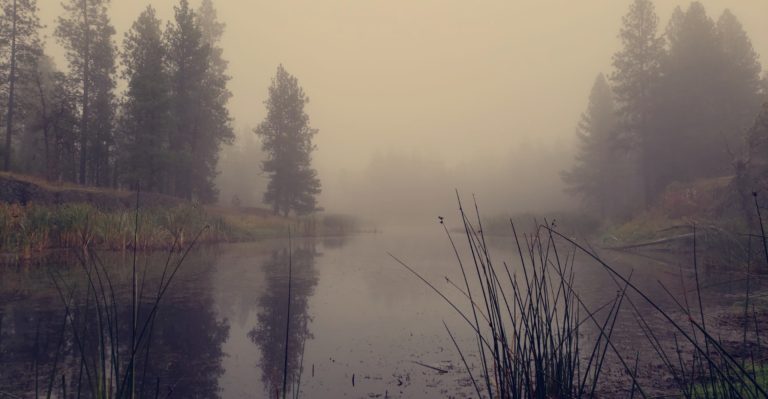
OUR GEM: Taking Public Comments Regarding Wetland Protection Rule Changes
by Sharon Bosley, Executive Director for the Basin Environmental Improvement Project Commission The Clean Water Act (CWA) was created to protect our water resources by regulating discharge of pollutants into the waters of the United States. Its goal is to help ensure all waters are swimmable, fishable and drinkable. The purpose of defining the Waters of the United States (WOTUS) is to determine which waterways are protected under the CWA. The definition determines which waters require permits for activities that…
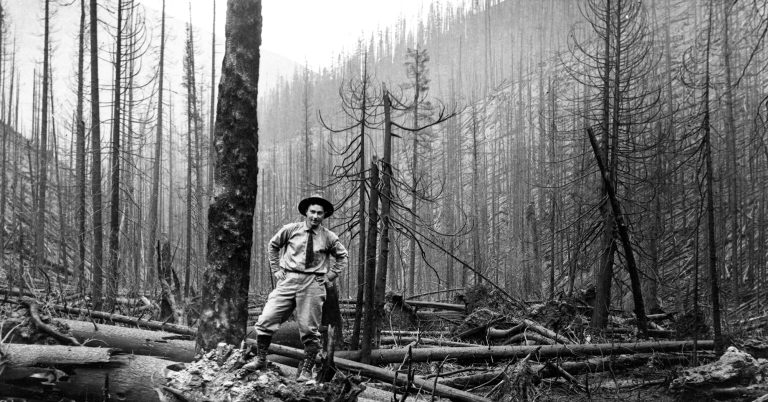
OUR GEM Ashes in the Current: The Hidden Hydrologic Legacy of the 1910 Fire
By Mark Getscher, hydrogeologist for the Coeur d’Alene Tribe More than a century after “The Big Burn” of 1910 scorched over three million acres across northern Idaho and western Montana, its legacy continues to flow through the streams and rivers of the Coeur d’Alene Basin. While most remember the fire for its devastation and heroism, far fewer realize its silent and lingering impact on water quality. High-intensity wildfires combust vegetation and organic soil layers, converting them into ash. This ash is…

U of I Researchers Design Biochar-based Water Treatment System
A University of Idaho team, led by Professor Amin Mirkouei and supported by two recently graduated doctorate students, Rance Bare and Ethan Struhs, collaborated with the USDA Agricultural Research Service (Ken Overturf), U of I Aquaculture Research Institute (Brian Small) and the National High Magnetic Field Laboratory (Martha Chacón-Patiño, Amy Mckenna and Huan Chen) to design and custom-build an economical and sustainable water treatment system. This system was specifically developed to remove micronutrients, primarily phosphorus and nitrogen, from the wastewater…
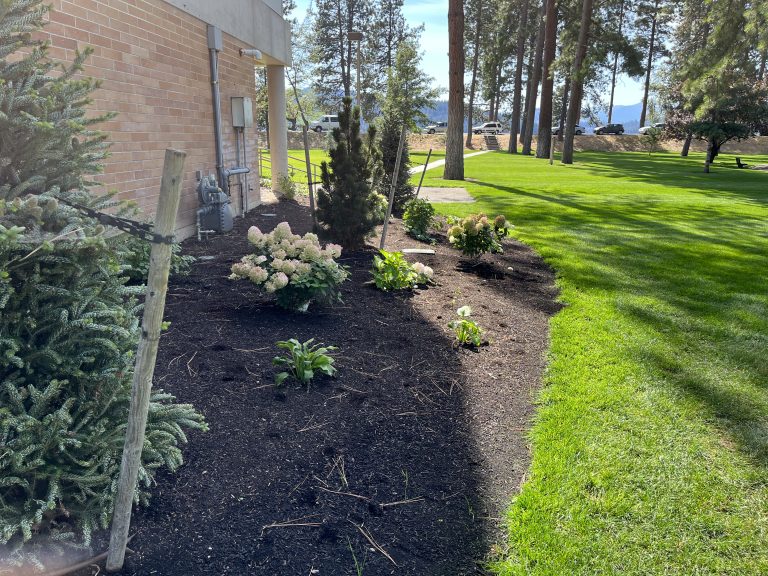
OUR GEM: Coeur d’Alene’s Wastewater History
OUR GEM: Coeur d’Alene’s Wastewater History By Mike Anderson, City of Coeur d’Alene Wastewater Utility Director In 1939, the City of Coeur d’Alene began treating its wastewater at a brand-new facility. This plant used secondary treatment, a new level of technology just beginning to be seen in large cities, but almost unheard of in small communities like ours, with a population of barely 10,000. Motivated by a desire to be a good neighbor and environmental stewards, the City was also…
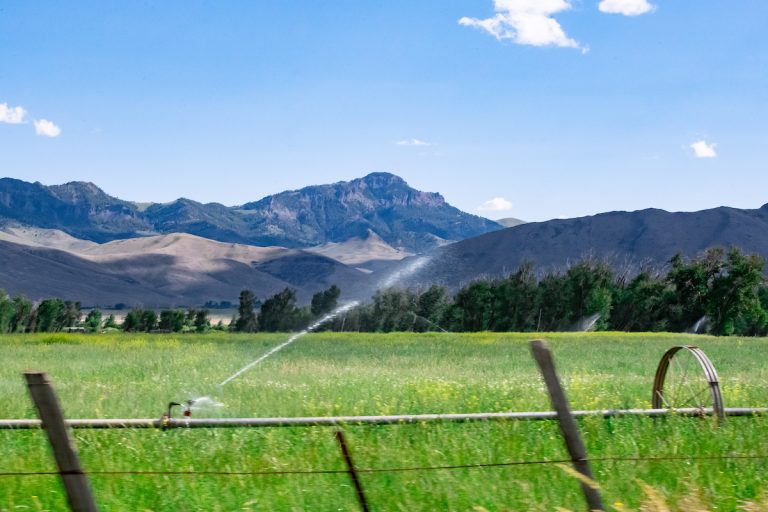
IWRRI Grant Recipients Work on Irrigation Efficiency in Southern Idaho
University of Idaho faculty Karen Humes and Russell Qualls, along with their students, analyzed 30 years of crop water use data in southern Idaho to understand variations in irrigation application needs. Their research examined how differences in wet versus dry years and cool versus warm years influence crop water use and irrigation needs. By considering forecasted climate conditions, farmers can make informed decisions about crop selection and irrigation allocation, optimizing water use and improving overall agricultural efficiency.
